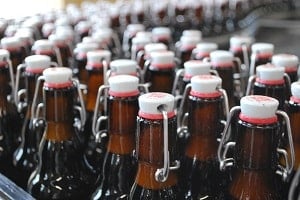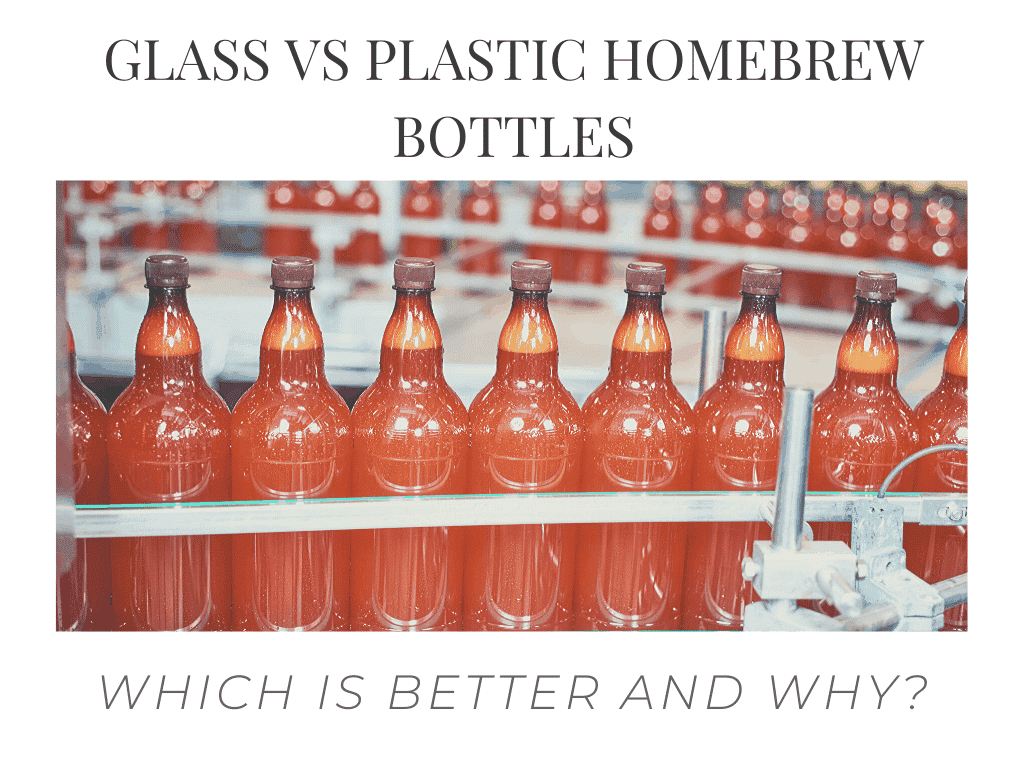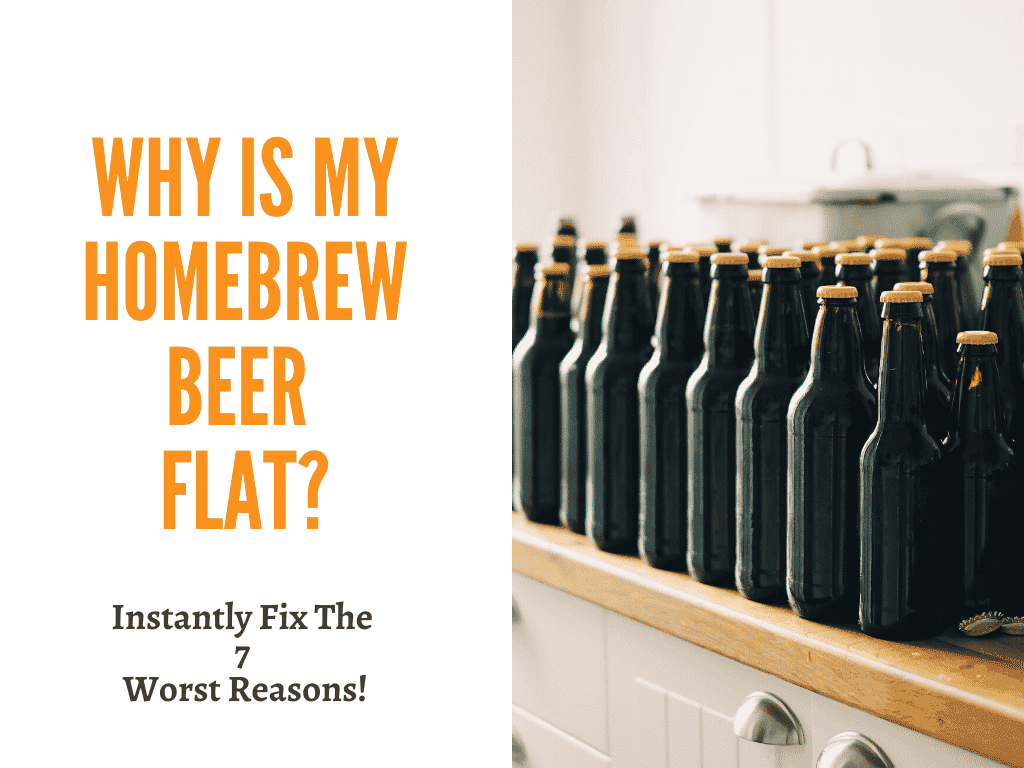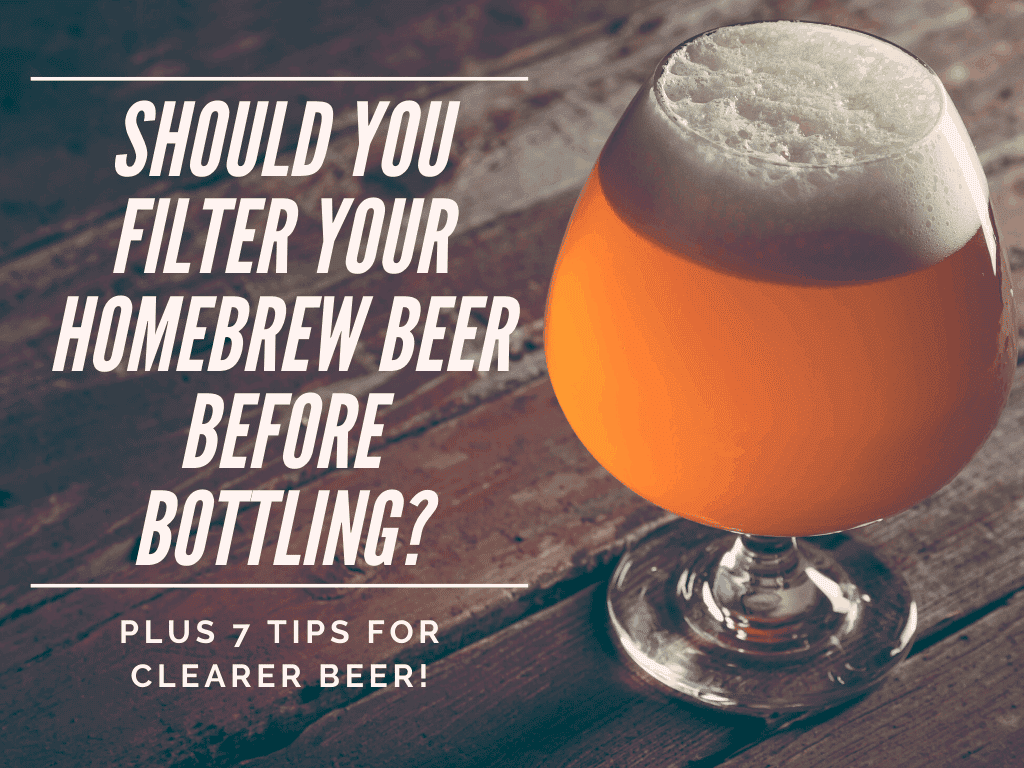Priming sugar (dextrose) and carbonation drops (pre-measured priming sugar) are ingredients added to beer during bottling to carbonize beer. But what else can you use to carbonate your brew?
Carbonation drops and priming sugars are the most popular options for kickstarting secondary fermentation, but you can also use table sugar, brown sugar, honey, or rice syrup. These alternatives may affect the final flavor, color, and possibly final ABV of your beer. Forced carbonation can be used to infuse CO2 into the beer without adding sugar.
Read on to find out how you can use these alternative methods to carbonize your beer.
Topics We Cover
The best alternatives to carbonation drops or priming sugar
If you are new to the homebrewing scene, you might be wondering what priming sugars or carbonation drops are and what they do.
Priming sugars and carbonation drops are essentially the same thing although priming sugar allows the brewer to have more control over the exact amount used. It is typically corn sugar that has to be measured out based on the batch size (e.g. 5 gallons). The sugar is mixed with boiled water – to keep things sterile – before being cooled and added to the fermentation container.
A carbonation drop looks like a large lozenge and is meant to be dropped into a bottle right before the beer is racked into it.
Beer has to be stored with a suitable temperature range for the yeast to continue fermentation until the sugar is completely processed and the beer has become carbonated.
If this sounds familiar, that’s because it’s essentially a secondary fermentation. When it happens inside a bottle, it is called bottle conditioning. The smaller volume inside this type of container means you have to pay attention to how much empty space you leave at the neck (headspace). You need to allow for the pressure effects of carbon dioxide buildup while achieving the best carbonization level for the beer.
Since the added sugar acts as food for the yeast, this is why the beer has to be stored at a temperature that allows them to remain active. The byproduct of the yeast breaking down the sugar is CO2 and this is how beer becomes carbonated using this process.
Since active yeast can use most sugars as food, it is possible for the brewer to use different kinds of sugars. Alternatives to priming sugars include:
- Table sugar
- Brown sugar
- Honey
- Rice syrup
And since CO2 is also readily available, it can also be added directly into a larger container like a keg in a process called forced carbonization.
Before we talk about the alternative priming sugars, let’s talk about the characteristics of standard priming sugar (dextrose). The key thing to note is that dextrose yields 42 gravity points per pound per gallon (ppg) and is 100% fermentable. The gravity ppg is used in calculating the final gravity for your brew.
| Type of Sugar | Gravity Pounds per Gallon (ppg) | Fermentability |
|---|---|---|
| Priming Sugar | 42 | 100% |
| Table Sugar | 46 | 100% |
| Brown Sugar | 46 | 100% |
| Honey | 30-36 | 95% |
| Rice Syrup | 40 | 75% |
All priming sugars should be boiled in water to sterilize the liquid before adding to the beer. Brewers recommend using just enough water to cover the sugar and bringing it up to a boil
Table sugar
Table sugar is readily available and the least expensive option.
Like dextrose, it is also 100% fermentable but yields 46 ppg so 10% less would be used compared to dextrose.
Brewers on a lot of forums have stated that they could not tell the difference between batches used with dextrose or with table sugar.
Brown sugar
Brown sugar is also another common sugar that is also 100% fermentable. Like table sugar, it also yields 46 ppg.
Brewers have noted brown sugars come in light and dark varieties which can affect the final color of the batch. They have also noted caramel notes to the overall flavor from the molasses used to color the sugar.
Honey
The National Honey Board offers recommendations for how to use honey in secondary fermentation.
Honey is a sugar that is over 95% fermentable. It yields about 30-36 ppg, which is entirely dependant on the bees that produced it.
But honey – especially raw honey – can contain live microorganisms (e.g, wild yeast) that can contaminate your batch. You must dilute honey with water and boil it before using it as priming sugar.
Rice syrup
Rice syrup is made from malted rice and may need to be sourced from a supplier in the form of solids.
It has a 40 ppg but fermentation percentage is difficult to pin down.
There are priming calculators where you can plug in your target numbers and get a volume to use.
Rice syrup generally imparts no additional flavor to your beer and is often used to lighten the color. American lagers (e.g. Budweiser) and Japanese lagers (e.g. Asahi) use rice in their beer and rice syrup achieves a similar flavor profile.
Forced carbonization
Forced carbonization is the infusion of CO2 into your beer without using sugar. This will require specialized equipment and is best suited for larger containers like a keg.
The most common keg in use for homebrewers is a Cornelius keg which normally holds 5 gallons. These kegs can come with different fittings but the ones with ball-lock style posts that allow for forced carbonization.
The two posts are for adding a liquid and adding gas. The gas post is connected to a dip tube that runs all the way to the bottom of the keg. Forcing CO2 into this tube allows for the gas to infuse into the beer within a matter of days – depending on the pressure used to move the CO2. Some brewers claim a turnaround of less than a day for their batches with this method.
Forced carbonization doesn’t affect the flavor profile of the batch as the only thing being introduced is gas. Because the infusion level is depending on the pressure (psi), you can vary the level of carbonization and overall mouthfeel by experimentation.
See here for exact instructions about forced carbonization.





